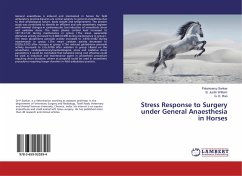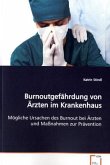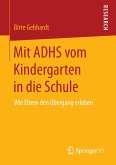General anaesthesia is induced and maintained in horses for field ambulatory practice.Equines are critical subjects to general anaesthesia due to their physiological nature, body weight and temperament. The present study was conducted to identify an efficient and safe anaesthetic regimen with minimal changes in cardiovascular, less induction of anaesthetic stress and oxidative stress. The mean plasma cortisol level increased to 137.13±7.22 during maintenance in group I.The mean superoxide dismutase activity increased to 0.685±0.090 during maintenance in group I. The mean glutathione peroxide activity increased to 3.878±0.082 during maintenance in group I.The mean catalase activity decreased to 0.820±0.015 after recovery in group II.The reduced glutathione peroxide activity increased to 2.0±0.026 after sedation in group I.Based on the anaesthetic, cardiopulmonary,haemotological, stress and oxidative stress parameters it could be concluded that ketamine being cost effective could be used as induction and maintenance agent in anaesthetic procedure requiring short duration; where as propofol could be used in anaesthetic procedures requiring longer duration in field ambulatory practice.








